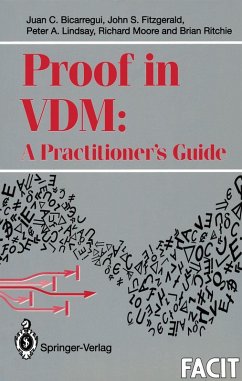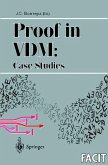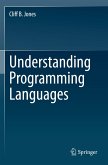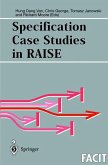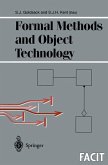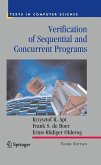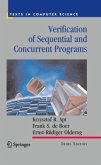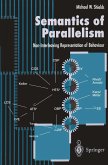Formal specifications were first used in the description of program ming languages because of the central role that languages and their compilers play in causing a machine to perform the computations required by a programmer. In a relatively short time, specification notations have found their place in industry and are used for the description of a wide variety of software and hardware systems. A formal method - like VDM - must offer a mathematically-based specification language. On this language rests the other key element of the formal method: the ability to reason about a specification. Proofs can be empioyed in reasoning about the potential behaviour of a system and in the process of showing that the design satisfies the specification. The existence of a formal specification is a prerequisite for the use of proofs; but this prerequisite is not in itself sufficient. Both proofs and programs are large formal texts. Would-be proofs may therefore contain errors in the same way ascode. During the difficult but inevitable process of revising specifications and devel opments, ensuring consistency is a major challenge. It is therefore evident that another requirement - for the successful use of proof techniques in the development of systems from formal descriptions - is the availability of software tools which support the manipu lation of large bodies of formulae and help the user in the design of the proofs themselves.
Bitte wählen Sie Ihr Anliegen aus.
Rechnungen
Retourenschein anfordern
Bestellstatus
Storno

